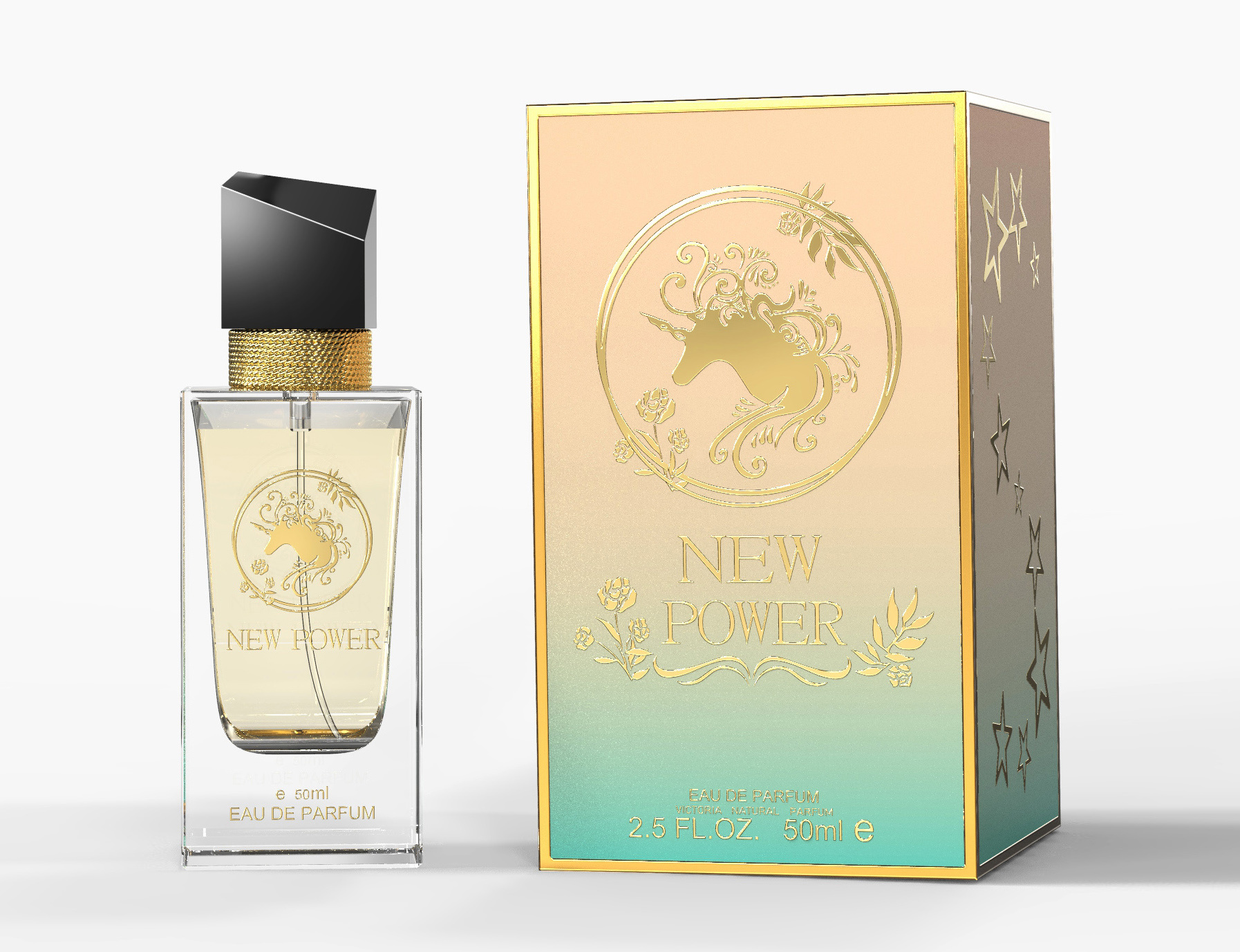The Alchemy of Perfume: Crafting Fragrances Through Centuries
Time:
2025-05-28
The Alchemy of Perfume: Crafting Fragrances Through Centuries
Part 1: The Historical Alchemy
The art of perfumery traces back to ancient Mesopotamia (3500 BC), where terracotta distillers extracted essential oils from cedar and myrrh. The Egyptians pioneered enfleurage - a technique of capturing floral absolutes using odorless fats, later refined by Grasse perfumers in 18th century France. Traditional perfume houses like Guerlain still preserve copper alembics from the 1900s for small-batch productions, where rose petals require 1 ton to yield 300ml of absolute.
Modern perfumers classify fragrances into seven olfactory families:
-
Citrus (bergamot, lemon)
-
Floral (jasmine sambac, rose de mai)
-
Fougère (lavender, oakmoss)
-
Chypre (labdanum, patchouli)
-
Oriental (vanilla, amber)
-
Leather (birch tar, cade oil)
-
Woody (sandalwood, vetiver)
Part 2: Molecular Gastronomy of Scent
Contemporary techniques employ GC-MS (Gas Chromatography-Mass Spectrometry) to analyze fragrance molecules. Iso E Super (a synthetic woody note) revolutionized perfumery with its 0.00001% detection threshold. The "headspace" technology captures living flower emissions - like the ephemeral scent of lotus that changes every 15 minutes.
Perfume Concentration Hierarchy:
TypeOil PercentageDurationParfum20-30%8h+Eau de Parfum15-20%4-6hEau de Toilette5-15%2-3h
LATEST INFORMATION
这里是标题一h1占位文字
Rm. 1102, Bentley International Bld., No.50 JuYuan St., BaiYun Dist., Guangzhou City, P.R.China
MESSAGES





